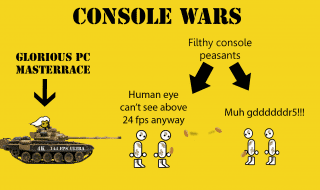
The automotive industry is often perceived as a ponderous, slow-moving giant that isn’t very eager to implement the bleeding-edge technological innovations. It is really so, to a degree – the potential risks of introducing technology that hasn’t been tested regarding market viability, security, and other factors are mind-boggling in this industry. However, more and more industry giants start to understand that putting the transition off can be just as risky because competition can seize the initiative.
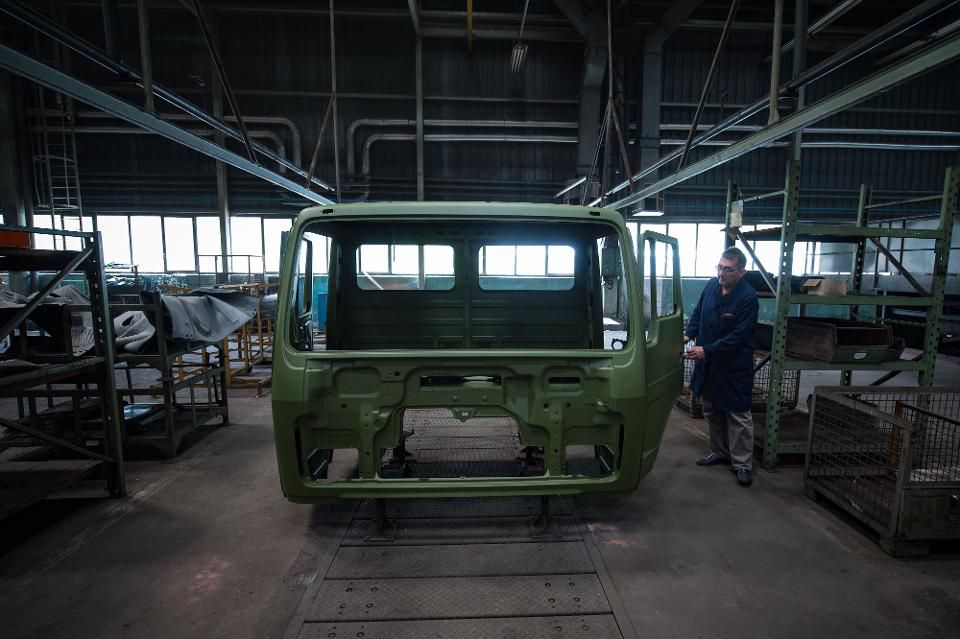
Why Engineering Should Be On Your Career Radar
By 2025, the number of connected cars is going to rise to 300 million from 37 million in 2016. The Internet of Things is currently one of the loudest buzzwords across the technological horizon – but how exactly does it transform the automotive industry? In this article, we will cover some of the changes that are going to happen in the near future and are already happening right now.
Design perfection

3D And IoT Enabled Equipment In Today’s Building Industry
IoT helps improve product lifecycle management by increasing the speed of product development and engineering. As a result, new models appear on the market faster and are closer to what customers want and expect from them, which increases their satisfaction rates. In the long run, IoT serves to lower the manufacturing expenses by singling out lower-value design components that don’t drive sales and eliminating them from future designs. While so far this application is in its beginning stage, in future it will be possible to apply machine learning to analyze existing information about the performance of the existing car models to improve future designs.
Real-time information capture
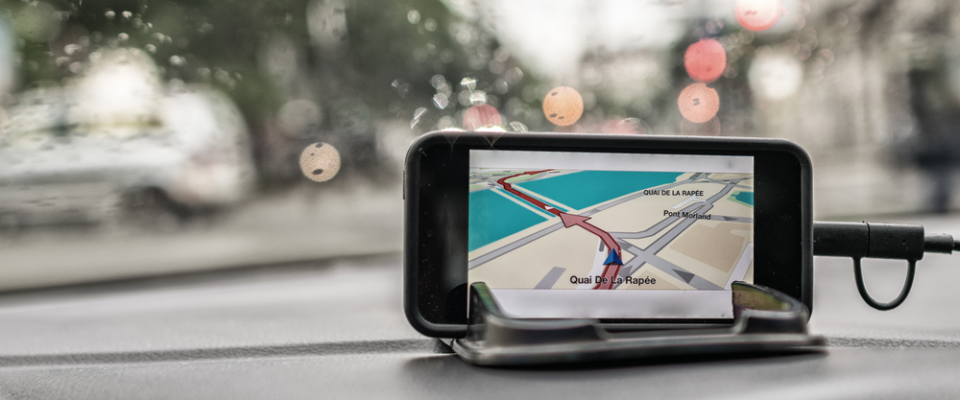
How To Engage Consumers Through The IoT
Smart cars are fitted with built-in sensors that gather all kinds of diagnostic data about the car in real time and deliver it directly to the owner. This makes it easier to keep track of everything related to car maintenance, from mundane things like gas/oil/fluid levels to engine temperature. With the use of all this data, the owner will never miss a maintenance procedure like refilling the tank or key fob battery replacement. It can even automatically help the driver solve complex problems like controlling rear-view cameras and proximity sensors in the process of parking to cover blind spots.
Better manufacturer-driver communication
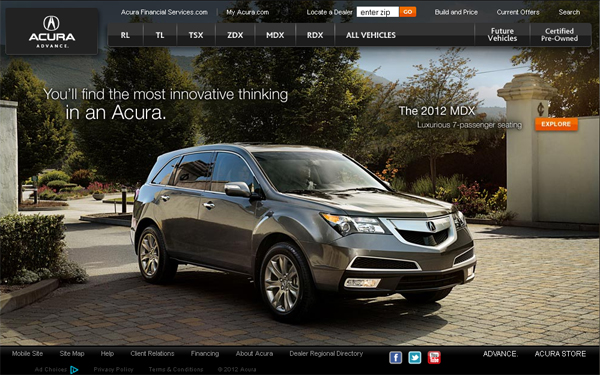
20+ Creative And Inspirational Automotive Websites
Not all drivers are conscientious enough to run the necessary maintenance on their vehicles regularly, and many of them don’t notice problems until it is too late to solve them. Car manufacturers can take this role upon themselves – while in the past the best thing they could do were solutions like check-engine lights that light up when there is some kind of problem with your engine. IoT offers more elegant solutions, like sending the driver a calendar appointment offering to bring the car to the closest dealership for inspection and service.
Security

How Is Technology Changing the Car Industry?
Advanced sensors and a growing number of connected cars on the roads will eventually lead to the possibility of complete predictive collision avoidance systems. Cars exchanging data in real-time as they drive will make accidents virtually impossible.
A different way to perceive a car
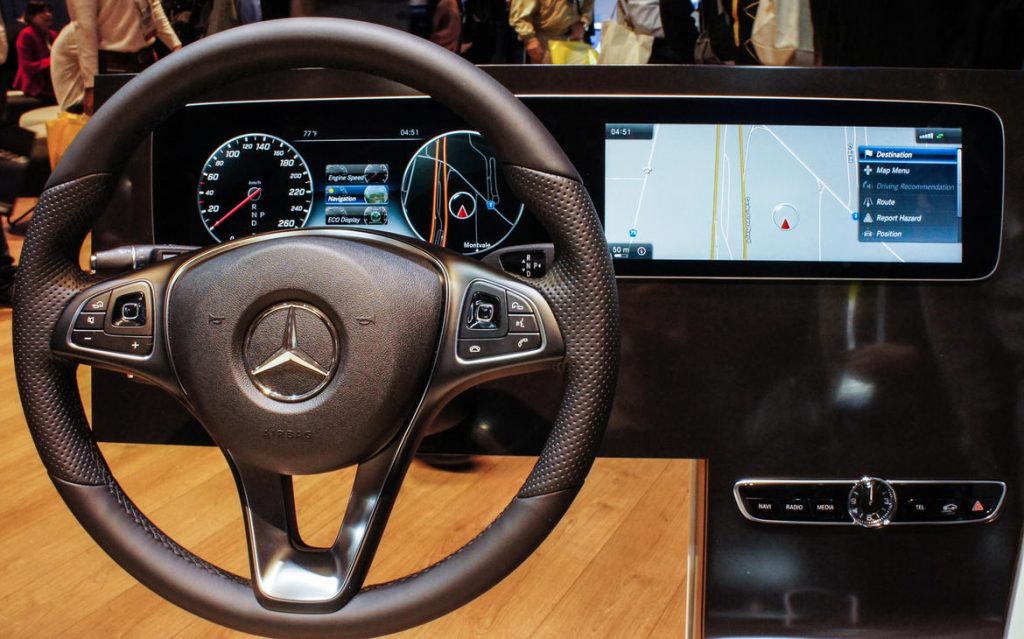
Coming Soon: The Future of The Automotive Industry
What is probably the most important for drivers is that IoT in its current form is just the beginning and we can hardly imagine what form the real application of this technology will take in, let’s say, ten years. Consider this – before the appearance of GPS people were limited to paper maps for navigation. Today cars are fitted with fully functional navigation systems of the quality that was unthinkable twenty years ago. As IoT technology will continue to be applied to the automotive industry, it will change the way we perceive cars in general. For example, it is very likely that a car will be equipped with its own Internet Wi-Fi and 4G hotspot, which will allow services like Spotify to broadcast directly into vehicles and once and for all will solve the issue of finding an Internet connection when on the go.
Benefits for associated industries
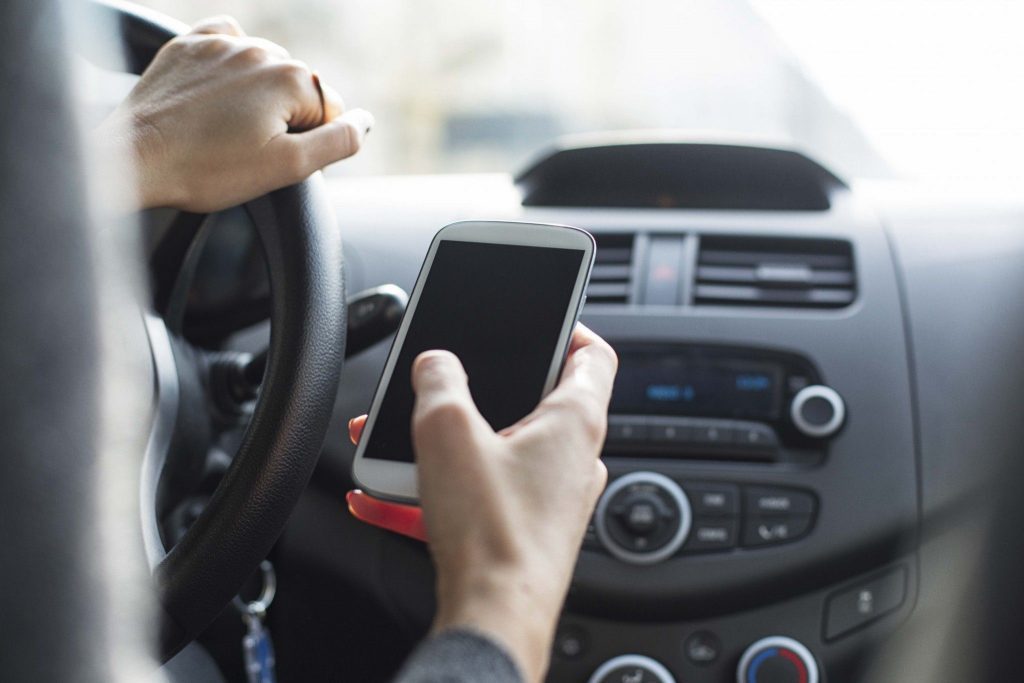
Tech Is Changing Your Insurance! Here’s How…
It would be wrong to limit the influence of IoT to technical changes in the way drivers and their cars are going to operate. It is going to bring a host of changes to other associated industries as well, such as insurance. Auto insurance companies are already using IoT to monitor habits of drivers, which allows them to make better predictions of risks this or that driver takes on the road. This, in turn, gives them an opportunity to base their premiums on how every individual really drives and how likely he is to get into an accident. Again, this influences the behavior of drivers, motivating them to be more careful and mindful of driving laws, eventually leading to safer roads.
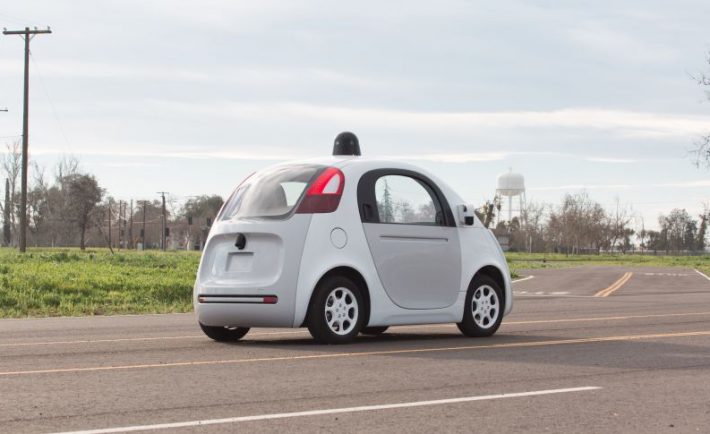
High-Tech, Must-Have Features for Today’s and Tomorrow’s Cars
The influences of IoT on automotive industry are diverse and manifold. They are not limited to what we’ve mentioned here, but these are probably the most important aspects – but nobody knows precisely how it can change our lives.




